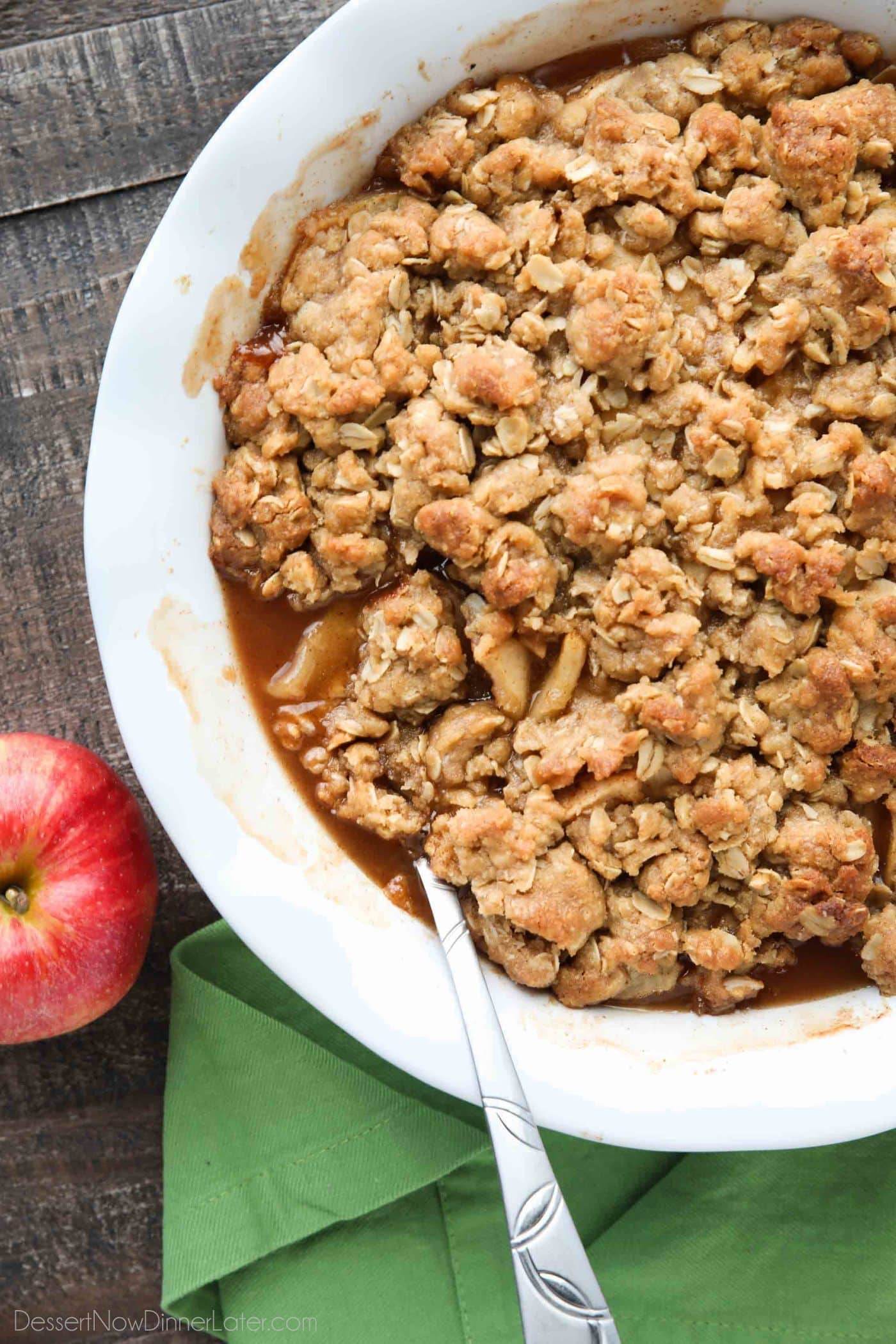Converting fractions to decimals is a fundamental concept in mathematics that often comes in handy in various real-life scenarios. In this article, we will delve into the conversion of the fraction 5/8 to a decimal, providing you with a detailed, SEO-optimized guide. By the end of this article, you will have a clear understanding of how to convert 5/8 to a decimal and why this knowledge is useful.

Key Takeaways

- Learn how to convert the fraction 5/8 to a decimal.
- Understand the significance of decimal conversions in everyday life.
- Gain insights into basic mathematical concepts related to fractions and decimals.
What is 5/8 as a Decimal?
To convert the fraction 5/8 to a decimal, you simply divide the numerator (5) by the denominator (8). Using long division or a calculator, you will find that:
5 ÷ 8 = 0.625
Therefore, 5/8 as a decimal is 0.625.
Step-by-Step Conversion Process
For those who are interested in the detailed process of converting 5/8 to a decimal, here’s a step-by-step guide:

- Set Up the Division: Write down 5 divided by 8.
- Perform the Division:
- 5 divided by 8 equals 0 with a remainder of 5.
- Bring down a 0 to make it 50. 50 divided by 8 equals 6 with a remainder of 2.
- Bring down another 0 to make it 20. 20 divided by 8 equals 2 with a remainder of 4.
- Bring down another 0 to make it 40. 40 divided by 8 equals 5 with no remainder.
- Combine the Results: The result of the division is 0.625, which is the decimal equivalent of 5/8.
Why Convert Fractions to Decimals?
Understanding how to convert fractions to decimals is a valuable skill for several reasons:
1. Simplified Calculations

Decimals make it easier to perform arithmetic operations such as addition, subtraction, multiplication, and division. This is particularly useful in fields like engineering, finance, and everyday budgeting.
2. Real-World Applications
Decimals are widely used in measurements, currency, and data analysis. For example, when measuring lengths, weights, or volumes, decimals provide a more precise representation than fractions.
3. Enhanced Understanding of Mathematics
Converting fractions to decimals helps in grasping more advanced mathematical concepts. It lays the groundwork for understanding percentages, ratios, and algebraic expressions.
Additional Examples of Fraction to Decimal Conversion
To further solidify your understanding, let’s look at a few more examples of converting fractions to decimals:
- 1/4: 1 divided by 4 equals 0.25.
- 3/5: 3 divided by 5 equals 0.6.
- 7/10: 7 divided by 10 equals 0.7.
Each of these conversions follows the same basic principle: dividing the numerator by the denominator.
Common Mistakes to Avoid
While converting fractions to decimals is generally straightforward, there are a few common mistakes to watch out for:
1. Incorrect Division
Ensure that you perform the division accurately. Double-check your calculations, especially if you’re doing them manually.
2. Misplacing the Decimal Point
Be careful with the placement of the decimal point. A misplaced decimal can significantly alter the value.
3. Forgetting to Simplify
Although not directly related to the conversion, simplifying fractions before converting can sometimes make the division easier.
Practical Tips for Mastery
To become proficient at converting fractions to decimals, consider the following tips:
1. Practice Regularly
The more you practice, the more comfortable you will become with the process. Use a variety of fractions to challenge yourself.
2. Use Technology
Leverage calculators and online tools to verify your manual calculations. This can help you identify and correct mistakes.
3. Understand the Concepts
Focus on understanding the underlying principles rather than just memorizing steps. This will make it easier to apply the knowledge to different problems.
Converting fractions like 5/8 to a decimal is a fundamental mathematical skill with numerous applications in everyday life. By following the steps outlined in this guide, you can confidently convert any fraction to its decimal form. Remember, the key to mastery is practice and a solid understanding of the basic principles.
We hope this comprehensive guide has provided you with valuable insights and practical knowledge. Whether you’re a student, a professional, or someone looking to brush up on their math skills, understanding how to convert fractions to decimals is an essential tool in your mathematical toolkit.
Feel free to revisit this guide whenever you need a refresher, and happy calculating!

